Why does our skin get harmed by the sun?
Three kinds of ultraviolet (UV) light come from the sun:
-
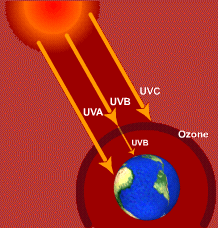 Ultraviolet A (UVA) rays are the longest of the three with wavelengths (400-315 nanometers) that penetrate deep into the layers of skin causing tissue damage and wrinkling.
Ultraviolet A (UVA) rays are the longest of the three with wavelengths (400-315 nanometers) that penetrate deep into the layers of skin causing tissue damage and wrinkling. - Ultraviolet B (UVB) rays have shorter wavelengths (315-280 nanometers) and are known to mainly cause sunburn and skin cancer.
- Ultraviolet C (UVC) rays are very short (280-100 nanometers) and the ozone layer is designed to protect us from these deadly rays.
How does our skin become tanned?
Tanning shows the reaction of our skin in defending itself against harmful rays from the sun. UVA light stimulates melanin production - and tanning - due to its ability to penetrate into deep layers of the skin.
The melanin in our skin, produced by melanocytes, is a chemical pigment that absorbs UV rays, thus limiting the penetration into the skin tissues. The cells that are hit by radiation are coloured as they move to the surface. When pigmentation disappears, the cells have died. Some people naturally have more melanin in their skin, which protects them a little better than those without much.
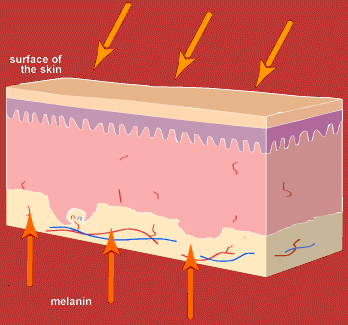
Why does our skin get burnt?
Sunburn is a little different than tanning. Sunburn, also called erythema, is cellular damage from the sun. UVB is responsible for most cases of sunburn and skin cancers. The outer layers of the skin absorb its shorter wavelengths and cause them to burn without stimulating much tanning.
The photochemical reaction causes increased blood flow to the capillaries of your skin. Redness is caused by the extra blood flow. When you press on the sunburnt skin, it becomes white until the capillaries refill.
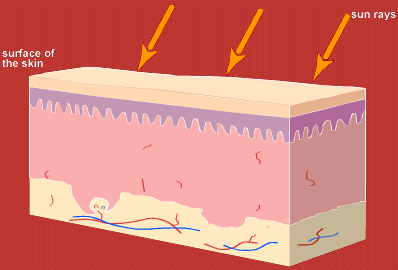
How can we protect our skin?
Obviously, the best way to protect your skin is by staying out of the sun. Products such as sunscreens and sunblocks will offer good protection from sun exposure.
Sunblocks are different from sunscreens. Sunblocks form a physical barrier to the sun: they are opaque creams or pastes that prevent virtually all light from entering the skin by reflecting and scattering UV rays. They include titanium dioxide, zinc oxide, kaolin, talc or iron oxide.
A sunscreen contains chemicals that absorb the energy contained in the ultraviolet rays and reflect it away as lower-energy long-wave radiation, which is emitted as heat.
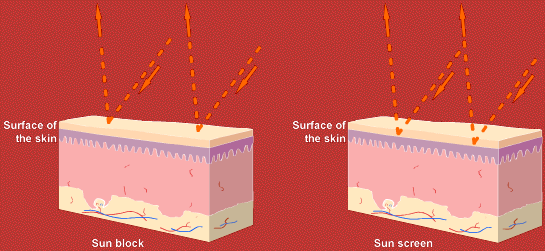
Final thoughts
A good way to limit exposure to UV light is to avoid being outdoors in sunlight too long. UV rays are most intense between the hours of 10 am and 4 pm.
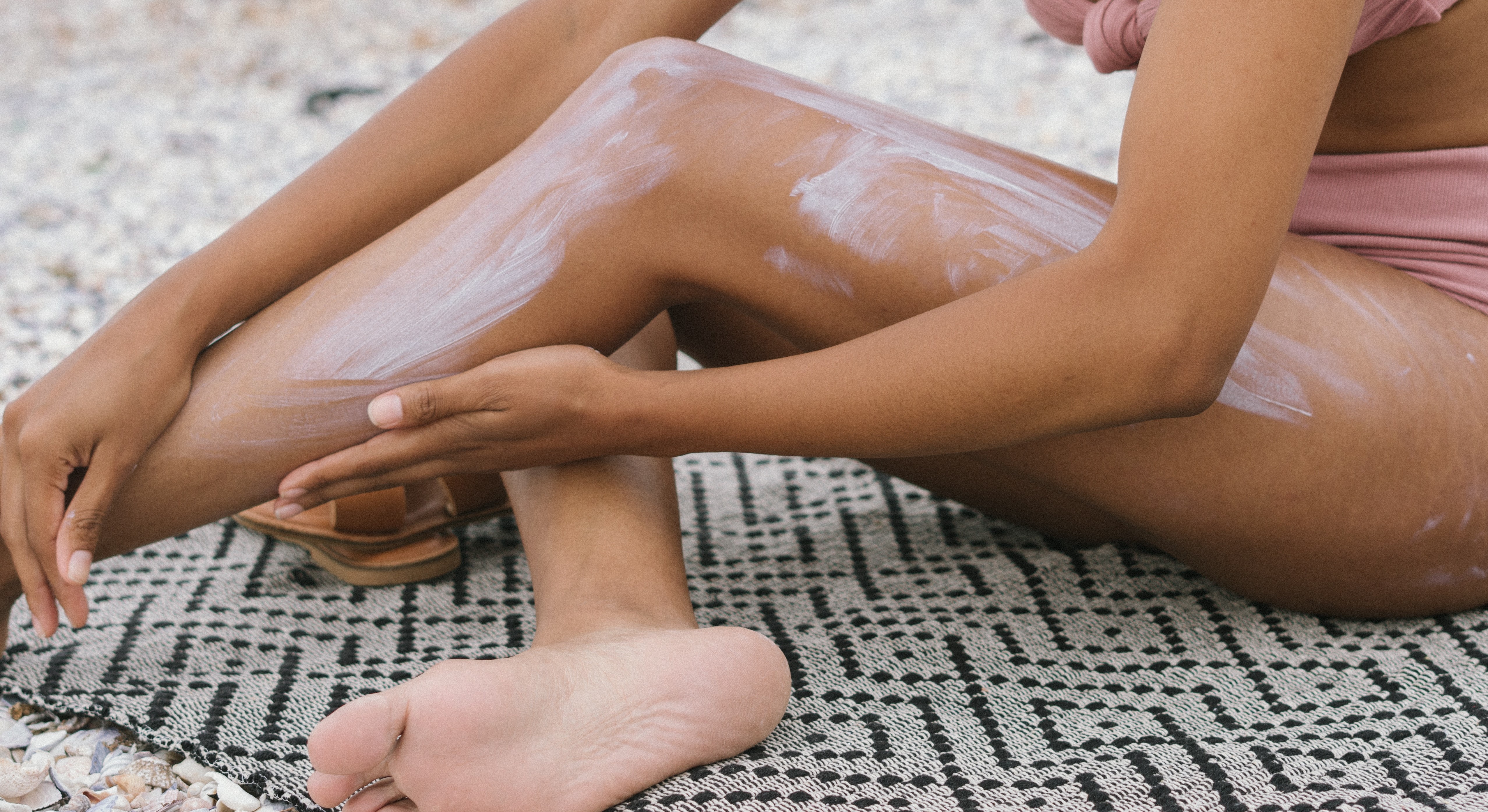



Rate and Review
Rate this article
Review this article
Log into OpenLearn to leave reviews and join in the conversation.
Article reviews